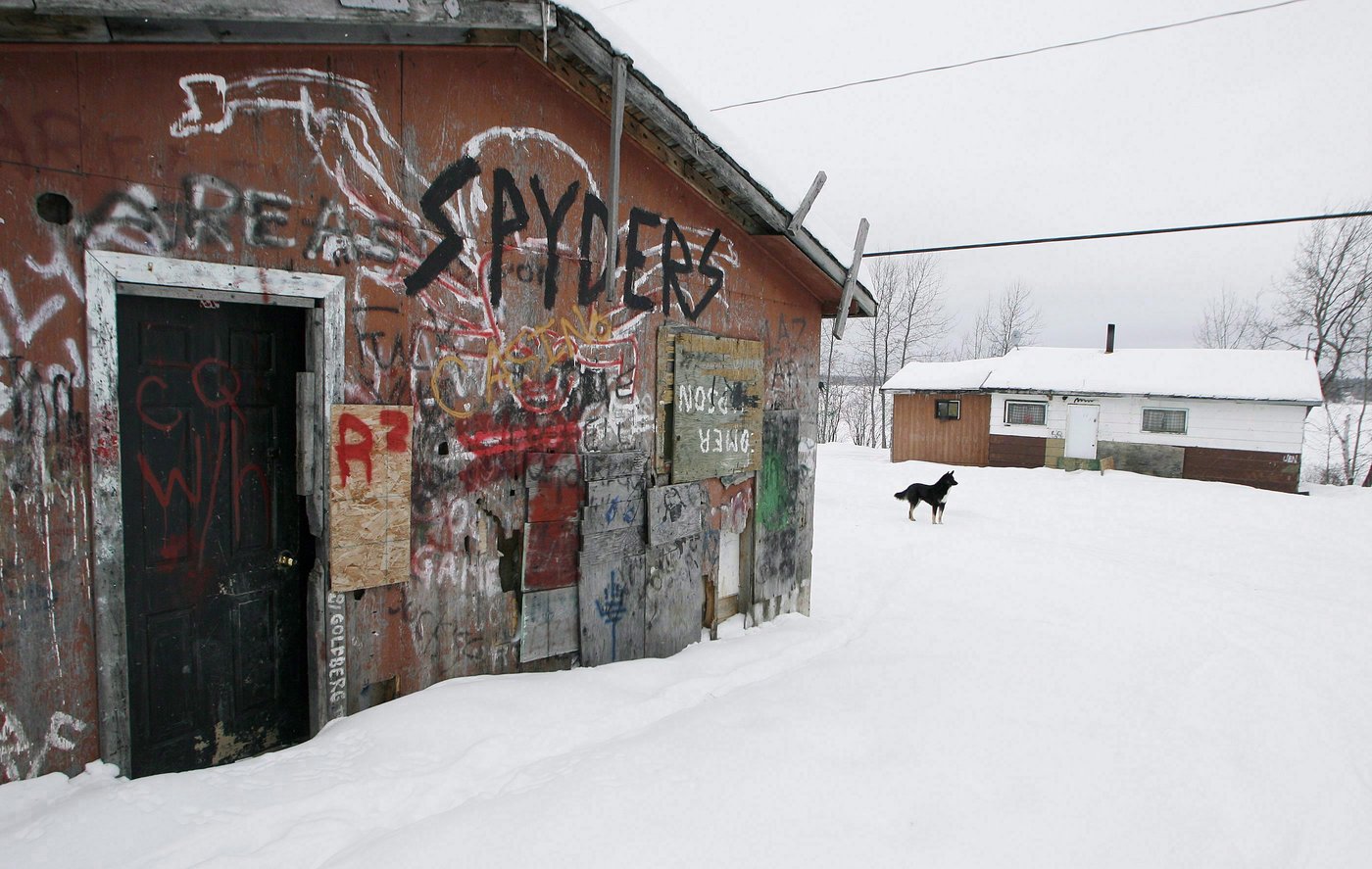A remote northwestern Ontario First Nation lacked the facilities to extinguish a house fire that left one dead and two others missing, two local leaders said as they implored the federal government for help bolstering fire services.
The CEO of The Independent First Nations Alliance, a group that represents five communities in the region, said the blaze that erupted in Pikangikum First Nation on Wednesday evening has left its residents “crushed.”
“The community is very frustrated, very angry, very sad,” Mathew Hoppe said in a telephone interview on Saturday.
“That night of extreme cold, people were doing their best to fight the fire and deal with it, but the fire crew couldn’t prevent it due to frozen water hoses, nozzles. It was very dire circumstances.”
Pikangikum Chief Shirley Lynne Keeper issued a statement on Friday saying fire crews were unable to douse the flames because the community’s two fire trucks were having mechanical issues.
“Our fire trucks were frozen because we don’t have an adequate building to keep them warm,” she said.
Keeper said Pikangikum is “devastated” after losing more residents to yet another house fire, recalling the 2016 blaze that killed a family of nine on the First Nation.
“We have never felt so hopeless,” Keeper said in the statement. “Our ability to fight structural fires has not improved since 2016. … We are still investigating this tragic fire and we ask everyone to pray for the family and our community.”
Dean and Annette Strang, their son Gilbert, their daughter Faith, Faith’s three children and two common-law partners died in the 2016 fire. All three children were under the age of five.
“Many community members lost family. This has affected us greatly. We never wanted to see this happen again,” Keeper said.
Hoppe said he couldn’t identify the three people involved in Wednesday’s blaze, but said they are a family who lived in the “close knit” neighbourhood affectionately known as “Smurfs’ Village” because the homes in that area have blue walls. The search for the two people still unaccounted for after the fire continued over the weekend.
Hoppe said the federal government has been in touch with the community and has been involved in ongoing meetings with local leadership.
Indigenous Services Canada did not immediately respond to a request for comment.
Hoppe and Keeper lamented the lack of government progress in addressing fire-related safety concerns since 2016 and called for immediate action to support the community of about 4,000 people, located about 500 kilometres north of Thunder Bay, Ont.
“The government’s response to date has been unacceptable. No more words, we need action,” Keeper said.
Hoppe agreed, saying there is a major discrepancy between fire services available in Indigenous communities and those on offer elsewhere.
“That capacity for emergency services and fire departments do not exist to the same level that other communities, municipalities enjoy,” he said.
A 2021 Statistics Canada report commissioned by the National Indigenous Fire Safety Council found First Nations people living on reserves are about 10 times more likely to die in a fire than non-Indigenous Canadians.
This week’s fire in Pikangikum is the latest fatal blaze to strike First Nations in the area.
A 10-year-old girl died last month after a house fire on the Weenusk First Nation, a northern community in Peawanuck, Ont.
The Nishnawbe Aski Nation, a group representing 49 First Nations in northern Ontario, said at the time the community’s newly purchased fire truck was still stuck in Winnipeg awaiting shipment when the fire broke out.
NAN’s Deputy Chief Anna Betty Achneepineskum added several member communities have had to grapple with deadly house fires over the past decade.
That includes Sandy Lake First Nation, where three children died in a fire last January. Mishkeegogamang First Nation, meanwhile, lost four residents in 2014, including two young children.
This report by The Canadian Press was first published Feb. 25, 2023
